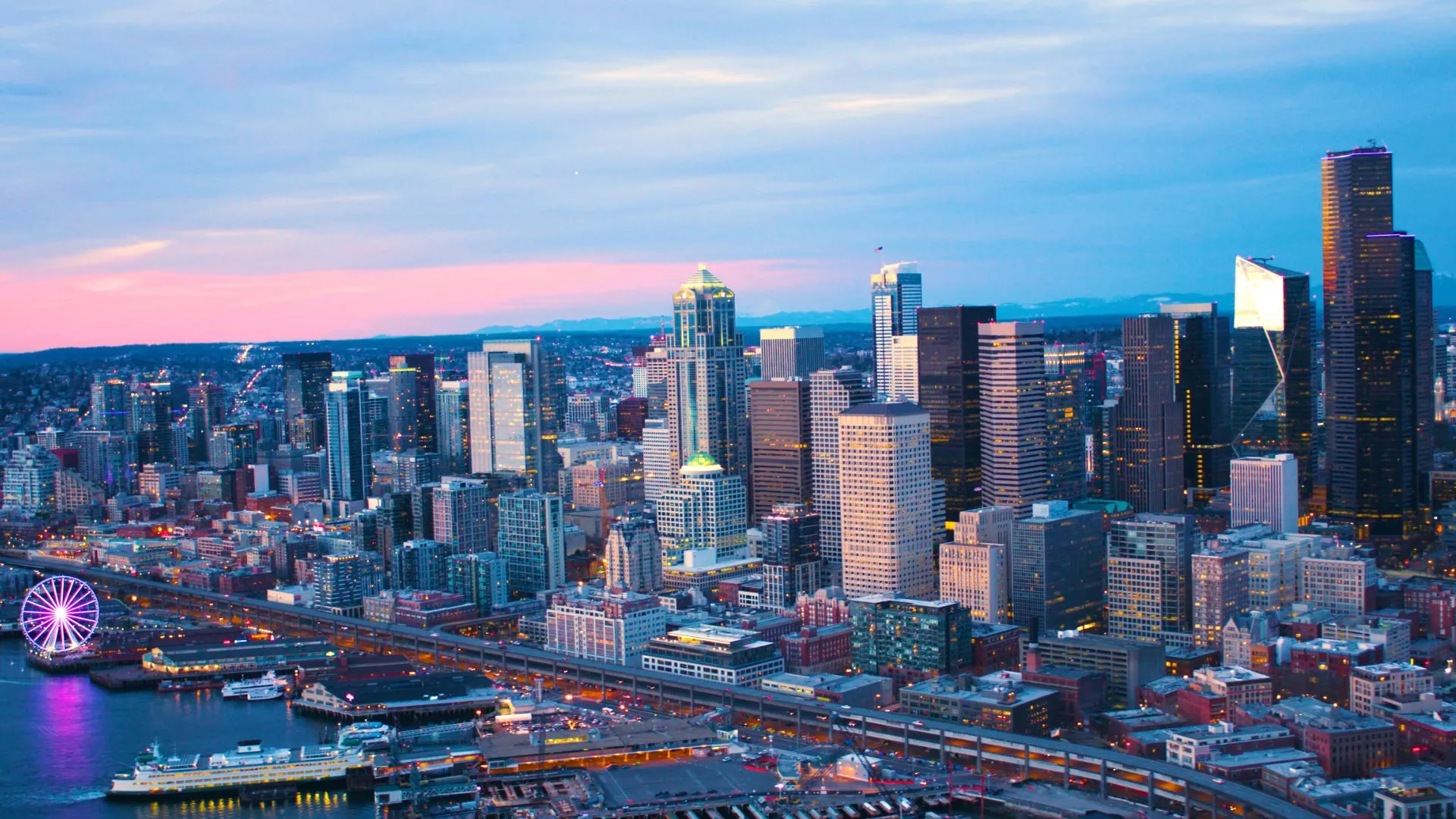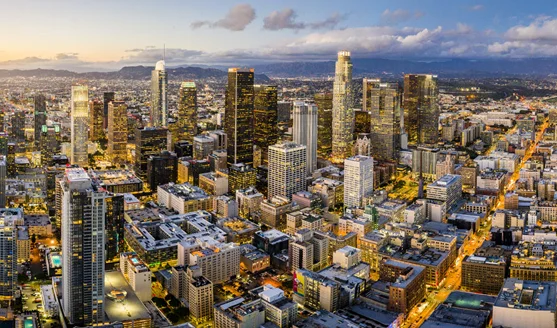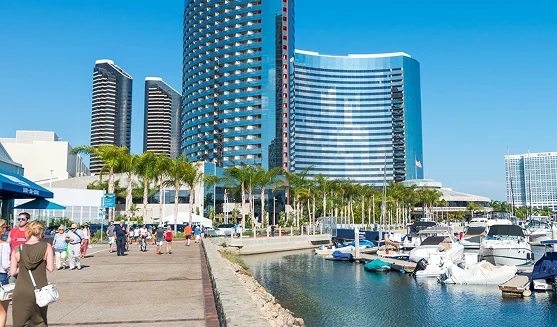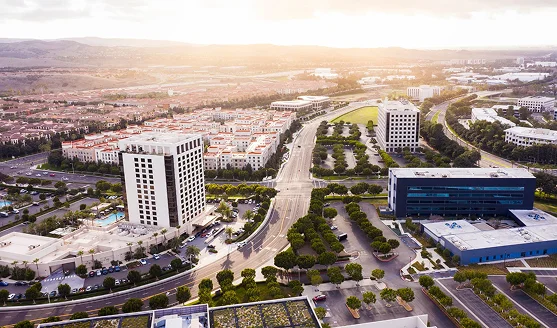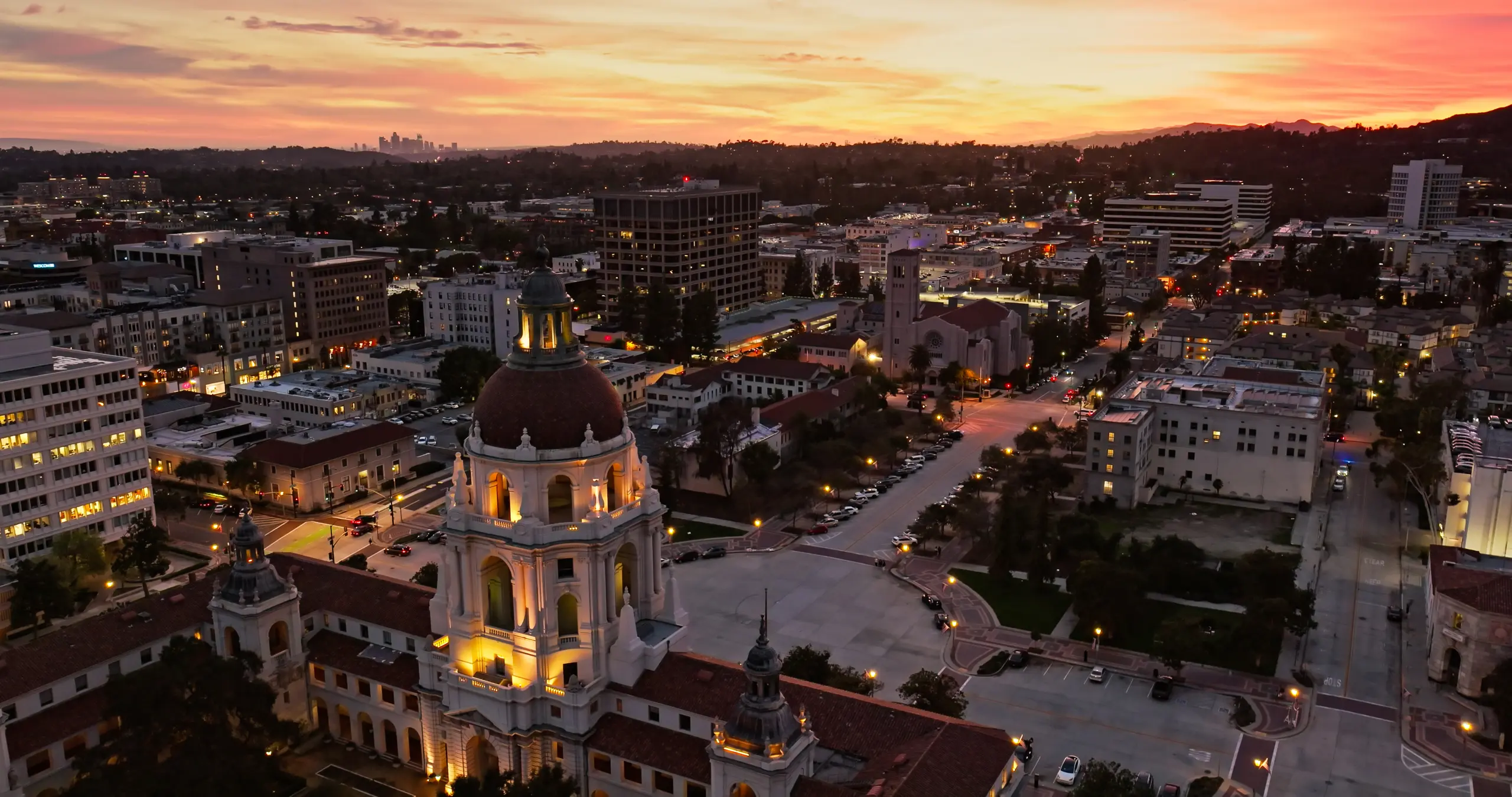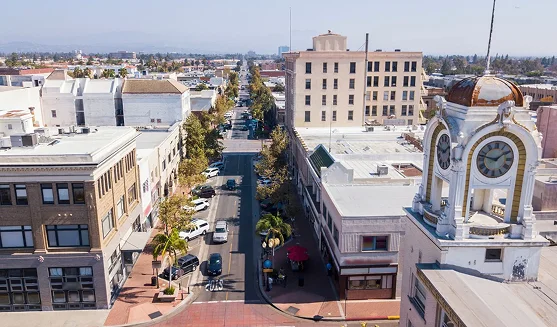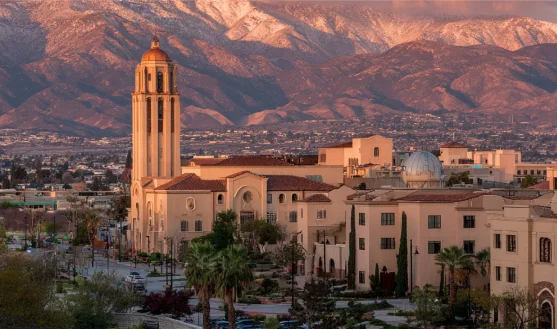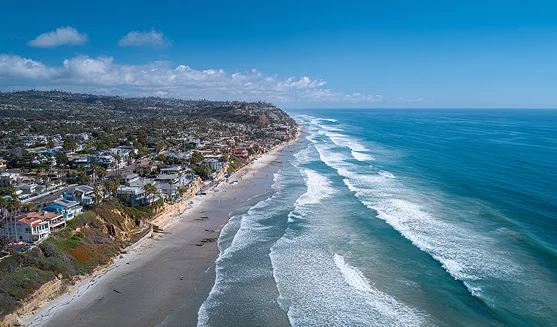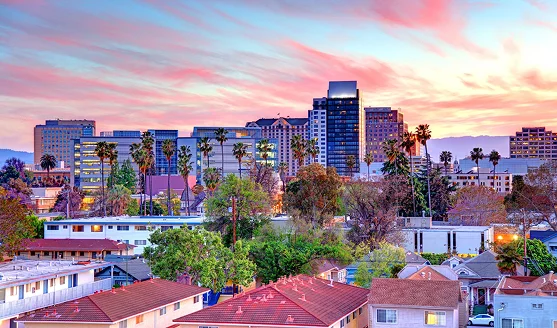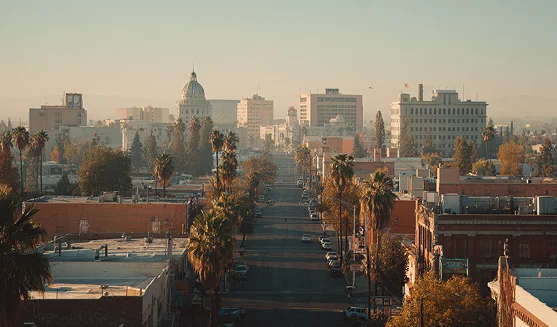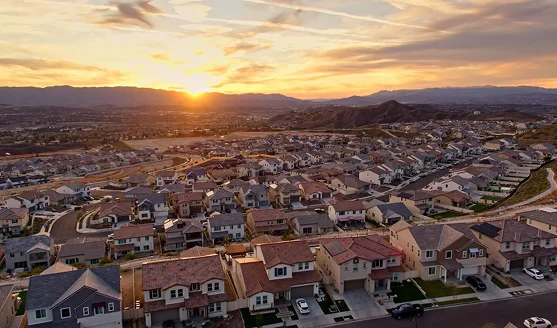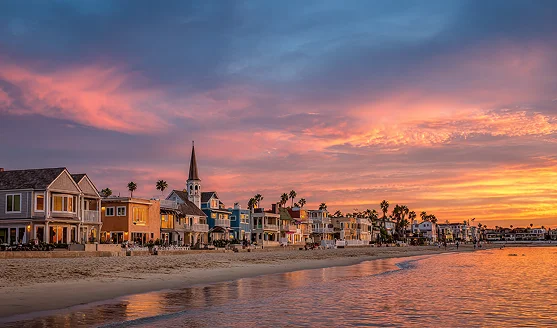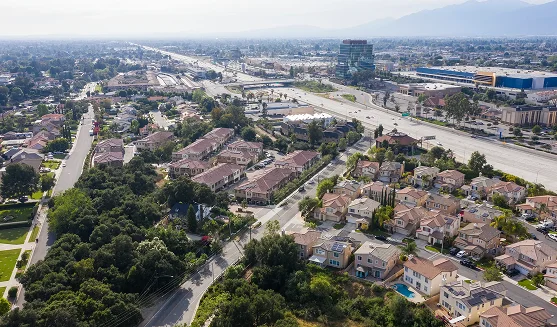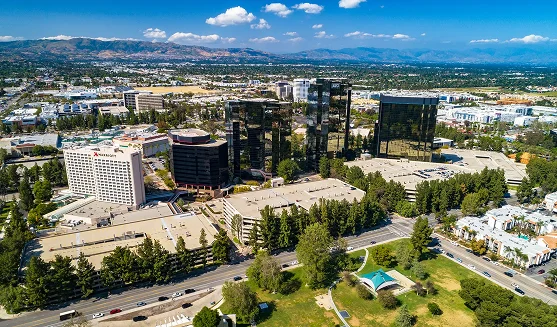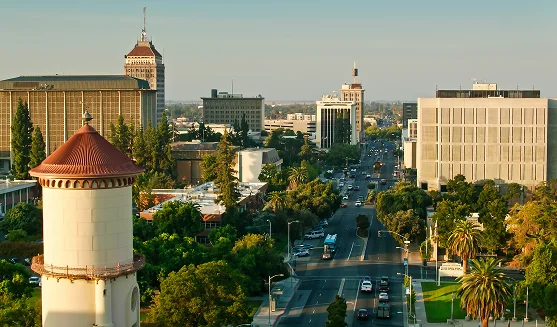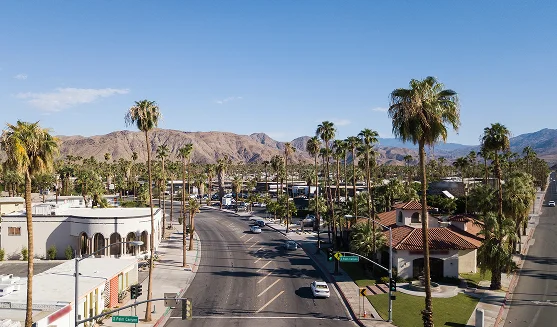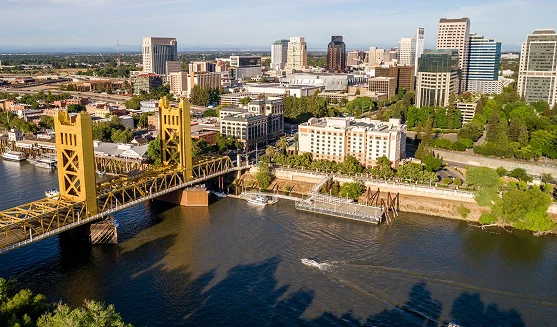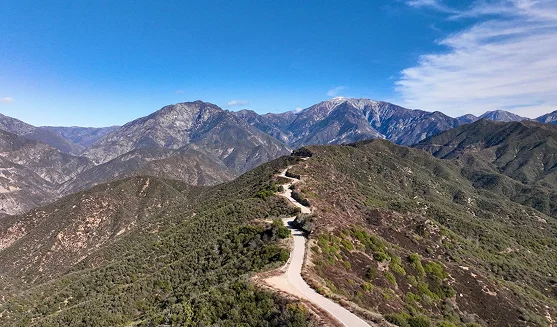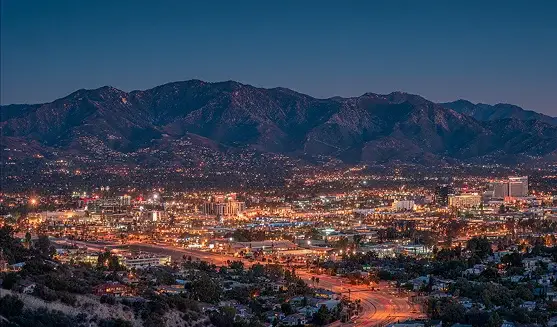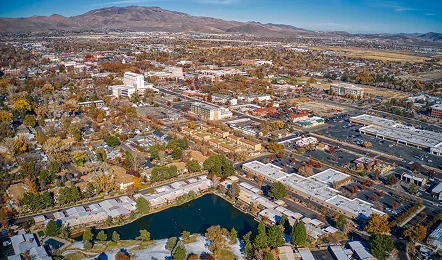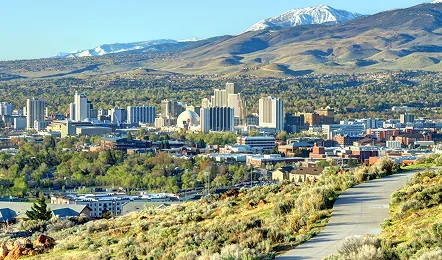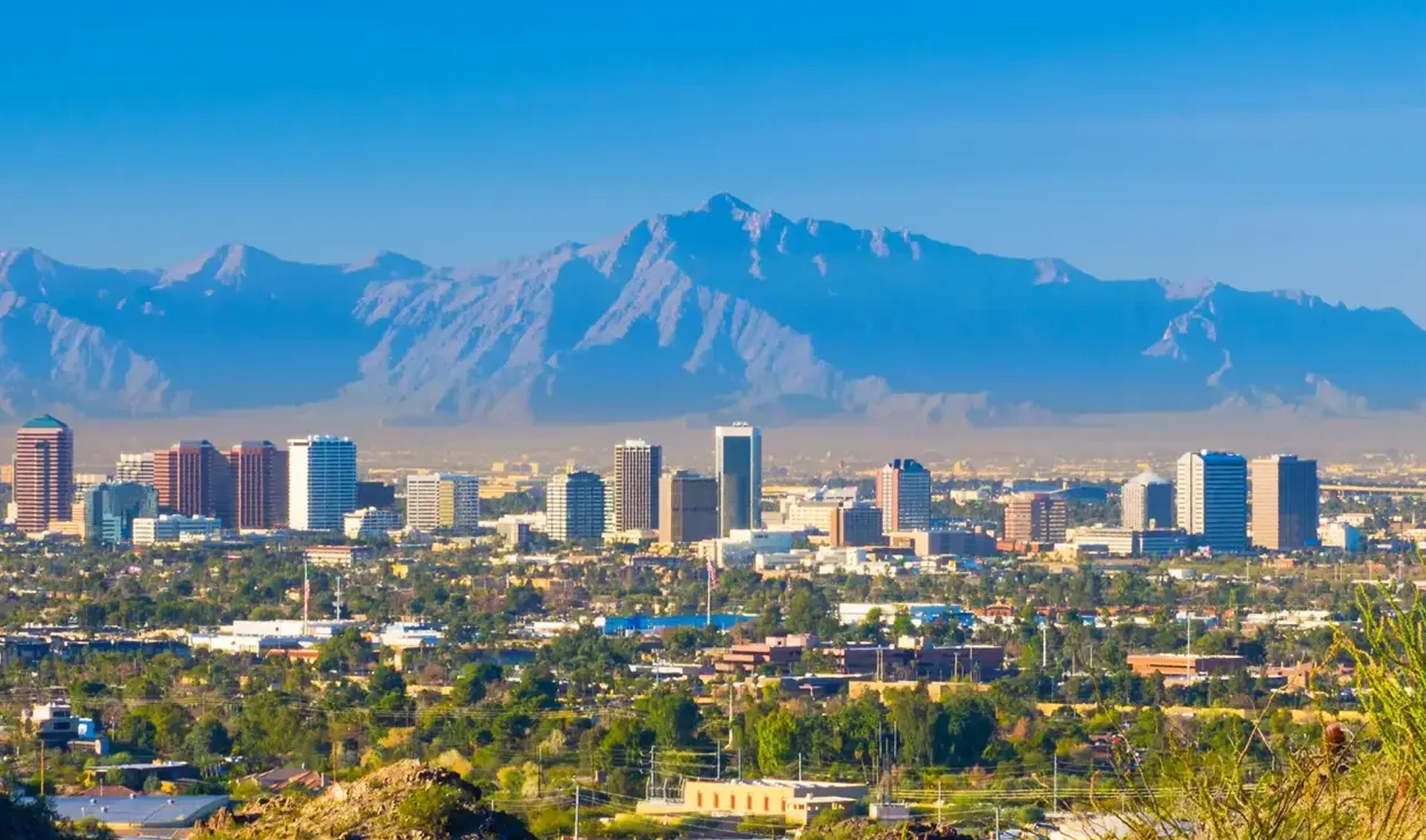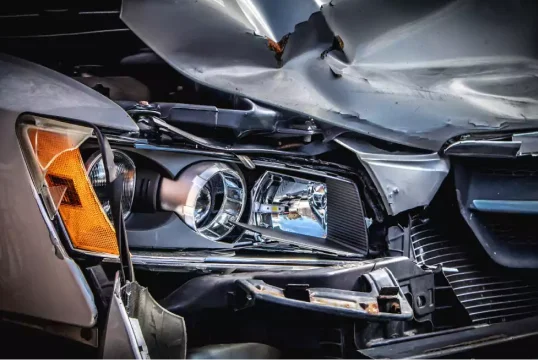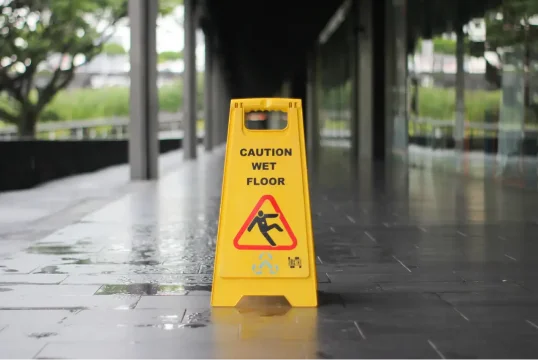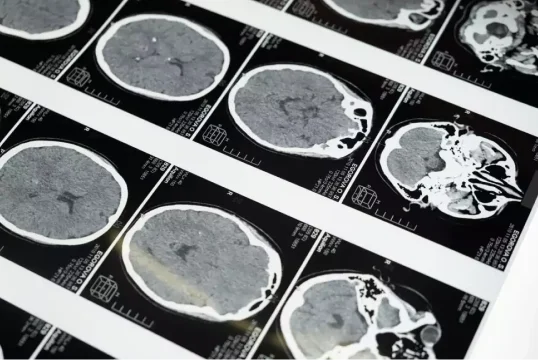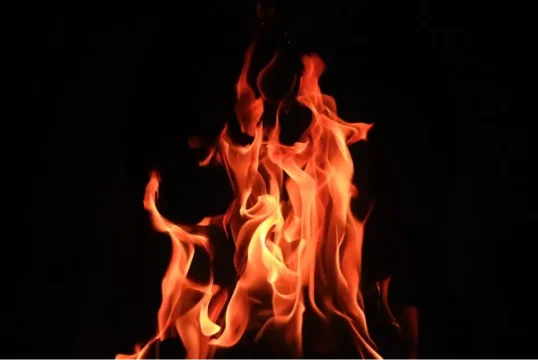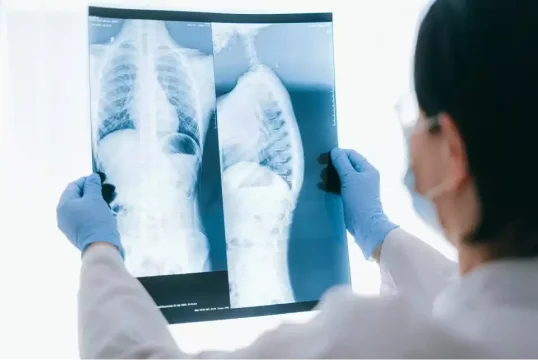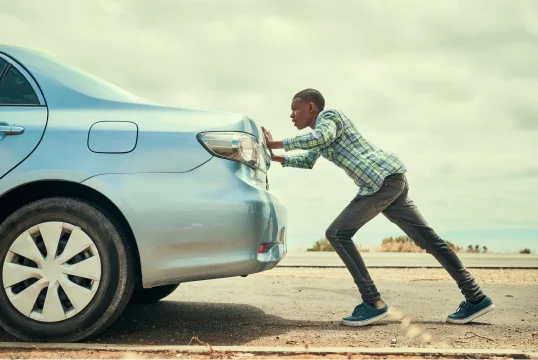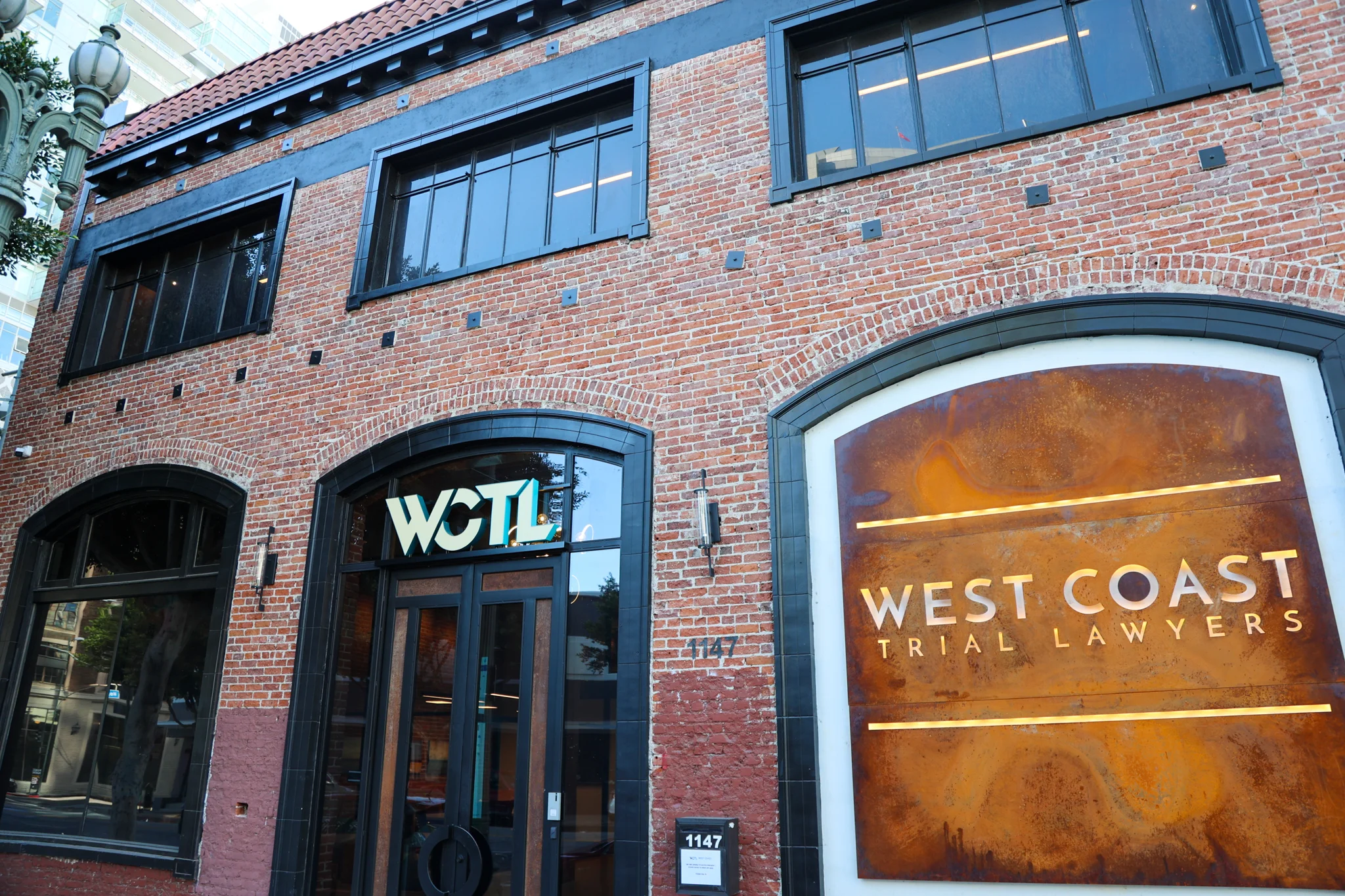What Types of Burn Injuries Can You Experience?

There are different classifications for burn injury levels. The pain level of a burn injury may vary depending on how powerful the contact of the burn was to the skin.
Those who suffer from minor burn injuries may typically recover by using at-home remedies, such as aloe vera or cool compresses. However, others who sustain moderate to severe burn injuries should visit a hospital or make a doctor’s appointment to receive further medical care.
Victims of a burn injury are welcomed to contact our burn injury attorneys at West Coast Trial Lawyers. We are available 24/7 to offer legal assistance. With our track record of recovering more than $1 billion in settlements for our clients, we are confident that we will get you the compensation you deserve for your losses.
To schedule a free consultation, please contact us by calling 213-927-3700 or filling out our quick contact form.
Types of Burns
- Chemical burn. Strong acids, detergents, solvents, paint thinner, gasoline, or drain cleaners can cause a burn once it gets into contact with your skin.
- Cold burn. May also be identified as frostbite. This freezes your skin if you are in an area with extremely cold temperatures.
- Thermal burn. This occurs when you get into contact with an extremely hot object (metals or liquids), which can cause your skin cells to die.
- Electrical burn. Encountering an electrical current will cause you to get this type of burn.
- Radiation burn. There are various factors that apply to this type of burn. Sunburns, x-rays, and radiation therapy for cancer treatment may cause radiation burns.
- Friction burn. This occurs when your skin is rubbing against a surface. Examples include getting a rope burn or a rug burn.
Types of Burn Injuries
Burns are identified depending on how severe the effects are on an individual’s skin. The degrees of burns include:
- First-degree This has a red appearance that is both painful and dry. It primarily affects the outer layer of the skin (epidermis). Generally, there is no long-term damage. You will experience noticeable redness in the beginning stages. Near the end of your recovery, it will fade away.
- Second-degree burn This causes damage to the outer layer of your skin and the layer underneath (dermis). The appearance of the burn will appear bright red, swollen, and blistered.
- Deep partial-thickness burn Leaves a scar on the skin, along with having your skin permanently change color.
- Third-degree burn This primarily targets the nerve endings. It will destroy the epidermis and dermis. Third-degree burns could potentially impact the subcutaneous, which is the innermost layer of the skin. The burn will appear as a white, black, brown, or yellow shade.
- Fourth-degree burn This causes the deepest and most severe burns. Fourth-degree burns may result in a life-threatening situation. All layers of your skin, including your muscles, bones, and tendons, will get destroyed.
Common Environments for Burn Injuries
Common areas where burn injuries may occur include:
- Road. Car accidents may result in a minor or massive explosion, depending on the severity of the accident. Fuel trucks involved in collisions are prone to trigger an explosion that will result in flames spreading across the road.
- Kitchen. Various scenarios may come about when an individual is in the kitchen. They could burn their hands while using the stove to make food. Hot liquid may also land on them when they are making food, such as soup or rice. The degree of a burn depends on the temperature of the hot liquid along with how strong the fire was set on the stove.
- Working environment. Employees may encounter high-temperature equipment that could cause a burn if contact is made with it.
- Faulty objects. Products that are defective can result in bursting flames or an explosion. An example could be cellphones not being manufactured properly, thus resulting in an explosion. This may cause the individual to face either moderate or severe burns depending on how strong the blast was.
Stress-induced Ulcers from Severe Burn Injuries
According to the NIH, there is greater risk of developing ulcers from sustaining severe burn injuries. It found that the risk of developing stomach ulcers was greater in those who suffered more than 20% TBSA (total body surface area) burn, compared to those with less than 20% TBSA.
An endoscopy performed on burn victims showed greater risk of developing gastric ulcers, duodenal ulcers, or having both.
Gastric ulcers occur inside the stomach, whereas duodenal ulcers occur on the upper part of the small intestine, according to the Mayo Clinic.
Common symptoms from ulcers include:
- Burning stomach pain
- Feeling of fullness, bloating or belching
- Intolerance to fatty foods
- Heartburn
- Nausea
West Coast Trial Lawyers Is Here to Help
If you sustained injuries as a result of a burn accident, our expert team of burn injury attorneys at West Coast Trial Lawyers will help you recover compensation for damages you have suffered. This includes medical expenses, lost wages, emotional distress, and pain and suffering.
Contact us today by calling 213-927-3700 or filling out our quick contact form to schedule a free, no-obligation consultation with our knowledgeable, caring, and compassionate legal team.





